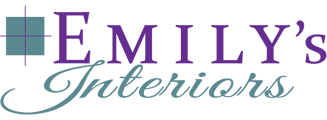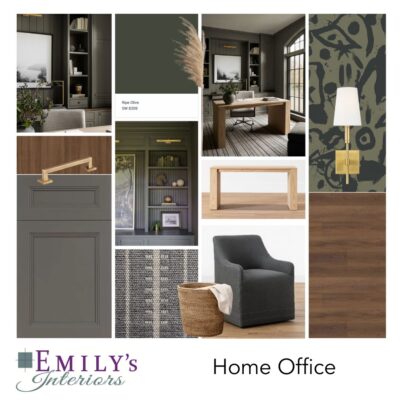Designing a home office involves creating a functional and productive workspace that reflects your personal style and promotes efficiency. Here are some key elements and design ideas for creating a stylish and functional home office:
- Selecting the Right Space: Choose a quiet and well-lit area in your home to set up your home office. Consider factors such as natural light, privacy, and proximity to amenities when selecting the location.
- Ergonomic Furniture: Invest in ergonomic furniture such as a comfortable desk chair with proper lumbar support, an adjustable desk or workstation, and ample storage solutions. Consider the size and layout of your space when selecting furniture to ensure optimal functionality and comfort.
- Organized Storage: Incorporate plenty of storage solutions to keep your home office organized and clutter-free. Use bookcases, shelving units, file cabinets, and storage bins to store paperwork, office supplies, and other essentials. Consider incorporating both open and closed storage options to accommodate different needs.
- Functional Layout: Arrange your furniture and equipment in a functional layout that maximizes space and promotes productivity. Position your desk near power outlets and natural light sources, and keep frequently used items within easy reach to minimize distractions and interruptions.
- Inspiring Decor: Personalize your home office with decor elements that inspire creativity and productivity. Add artwork, motivational quotes, and decorative accents that reflect your interests and personality. Consider incorporating plants and greenery to add a touch of nature and improve air quality.
- Task Lighting: Ensure adequate task lighting in your home office to reduce eye strain and improve visibility. Use a combination of overhead lighting, desk lamps, and adjustable task lights to provide focused illumination for reading, writing, and computer work.
- Tech Essentials: Equip your home office with essential technology such as a reliable computer or laptop, high-speed internet connection, printer/scanner, and phone. Organize cables and cords neatly to prevent tangling and tripping hazards.
- Comfortable Flooring: Choose flooring materials that are comfortable and easy to clean, such as hardwood, laminate, or carpet tiles. Add a rug or floor mat under your desk and chair to provide cushioning and reduce noise.
- Flexible Workspaces: Create flexible workspaces within your home office to accommodate different tasks and activities. Consider incorporating a standing desk or adjustable-height workstation for added comfort and versatility.
- Personal Touches: Make your home office feel inviting and personal with decorative touches such as family photos, mementos, and keepsakes. Surround yourself with items that bring you joy and inspiration to create a welcoming and productive environment.
By incorporating these design ideas and elements, you can create a stylish and functional home office that meets your needs and enhances your productivity and well-being.
Contact Us for a complimentary mood board.

